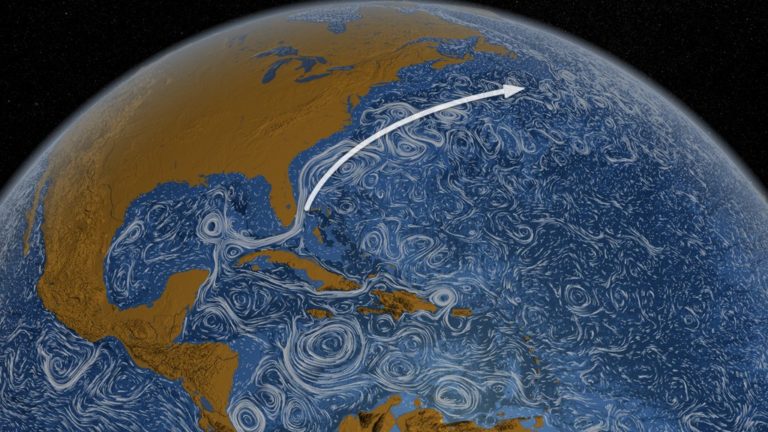How are wavelength, frequency, and energy related for photons of light
13 Feb 2023Wavelength, frequency, and energy are closely related for photons of light. Photons of light are quantized packets of energy that can be described by their wavelength, frequency, and energy. The relationship between these properties is described by the equation:
Energy (E) = h x frequency (ν)
where h is Planck's constant, a fundamental constant in physics that relates the energy of a photon to its frequency.
Frequency (ν) and wavelength (λ) are also related by the equation:
c = ν x λ
where c is the speed of light in a vacuum.
So, if we have the wavelength of a photon, we can calculate its frequency and energy using these equations. Similarly, if we have the frequency of a photon, we can calculate its wavelength and energy.
In summary, the three properties are interdependent, and knowing one property allows us to calculate the others. Photons with higher frequency have higher energy and shorter wavelength, while photons with lower frequency have lower energy and longer wavelength.
What is wavelength?
Wavelength is a measure of the distance between repeating patterns of a wave, such as a light wave. It is defined as the distance between two consecutive peaks or troughs of a wave. In the case of light, the wavelength determines the color of the light that we perceive. Light with longer wavelengths appears red, while light with shorter wavelengths appears violet.
The wavelength of light is often denoted by the Greek letter lambda (λ) and is typically measured in units of nanometers (nm) or meters (m). Different wavelengths of light have different properties, and these properties are what allow us to see different colors, detect different wavelengths of radiation, and so on.
In physics, the wavelength of a wave is related to its frequency, which is the number of wave cycles that occur in a given period of time. The higher the frequency of a wave, the shorter its wavelength. Conversely, the lower the frequency of a wave, the longer its wavelength.
In summary, wavelength is a key characteristic of a wave that determines its properties and behavior. It is an important concept in many fields, including optics, telecommunications, and astronomy.
What is frequency?
Frequency is a measure of the number of occurrences of a repeating event per unit of time. In the context of waves, such as light or sound waves, frequency refers to the number of complete cycles of a wave that occur in a given period of time. The frequency of a wave is usually denoted by the Greek letter nu (ν) and is typically measured in units of Hertz (Hz), where 1 Hz is equivalent to 1 cycle per second.
For light waves, the frequency determines the color of the light that we perceive. Light with higher frequency has a higher energy and appears violet, while light with lower frequency has lower energy and appears red. The relationship between frequency and wavelength of a wave is given by the equation:
c = ν x λ
where c is the speed of light in a vacuum and λ is the wavelength of the wave.
In summary, frequency is a crucial characteristic of a wave that determines its properties and behavior. It is an important concept in many fields, including physics, engineering, and telecommunications. Understanding the frequency of a wave is crucial for a variety of applications, such as communication systems, audio and video recording and playback, and many others.
What is energy?
Energy is a property of matter and radiation that describes its ability to do work. It is a scalar quantity, meaning that it has magnitude but no direction. Energy can exist in many forms, including thermal energy (heat), kinetic energy (motion), potential energy (stored energy due to position or configuration), electrical energy, magnetic energy, and radiant energy (light and other electromagnetic radiation).
In physics, energy is defined as the ability to perform work. Work is done when a force is applied over a distance. Energy can be transferred from one system to another, or it can be transformed from one form to another, but the total energy of a closed system remains constant. This is known as the law of conservation of energy.
There are many units of energy, including joules (J), electron volts (eV), and calories (cal). The joule is the standard unit of energy in the International System of Units (SI), while the electron volt is commonly used in particle physics, and the calorie is used to express the energy content of food.
In summary, energy is a fundamental concept in physics that plays a central role in many natural phenomena and technological applications. It is a property of matter and radiation that describes its ability to perform work, and it can exist in many forms, including heat, motion, light, and others.
Back to Home Page





